
In a world full of amazing architecture marvels, there are only a few people who appreciate their beauty. Photographer Niveditaa Gupta is one of them. You might not be aware of architecture photography, but its an intriguing style of capturing monumental beauty in its raw form.
We got in touch with her to know more about what inspired her in the first place to choose such a rare profession.
1) Starting at the start, did you always set out to be an architectural photographer?
I graduated as an architect in 2015 but photography sort of happened on the way. Initially it was more of a hobby than anything else and I didn’t feel attached to any particular kind of photography, even architecture.
But while writing a research paper on the paradoxical nature of architecture photography, I started taking an interest in the representation of space through the pictorial medium. It was fascinating to discover the works of Helene Binet and Erietta Attali in a time when images were so many and so similar that they didn’t catch my attention.
2) For the uninitiated, in what ways is architectural photography different than other forms of photography?
For the most part, architecture may seem like the easiest subject to photograph, because it is not a moving subject. But light moves, and so shadows move too. And to capture the way this movement reflects in a building is exciting. It is easy to induce lighting for photography, be it fashion or architecture.
But we still design our buildings around daylight consumption, so to photograph a building without thinking of daylight would be unnatural almost. I guess that waiting for the correct light, and different perspectives of the building that glorify it, make shooting architecture different from other forms of photography.
3) Most of your work is in black and white. Why so?
I like to make the space as abstract as it can be when I take the photo. When devoid of scale, context and colour, the space may start resembling an amorphous concept more than an actual building.
In some of my photographs it may be hard to tell if the subject is an actual building or just a fragment of urban space. I think black and white enhances this anonymity.
4) Tell us a little about the pictures of non-spaces featured on your Instagram page
Non-space is a fresh project I’m working on. These are images taken at buildings where I was commissioned to do architecture photography, but these images are more like moments ‘in-between’ the big shots I actually have to shoot.
On the same line as most of my work, I make the pictures abstract and in black and white, but I also remove a defining spatial element from the photograph, sort of like hiding evidence. I am interested in what that takes away from space, and gives to the imagination of the viewer.
5) Tell us a little bit about your intriguing ‘Old Shadows of a New Light’ project too
Old Shadows of a New Light started as a masters project and has evolved into an ongoing exploration of the illusion of three-dimensional space in a two-dimensional medium like photography.
When we look at a photograph of space, we reduce the experience of that architecture to a single instant. The project is more like an experiment in which I try different ways to possibly expand this ‘instant’. I take the two-dimensional photos and manipulate them to create 3D installations; in this way, I’m recreating space from a photograph. How different or similar it turns out to be from the original building could lead to something interesting.
6) Do you have a favourite building that you’ve photographed?
I keep obsessing over the glass factories of Firozabad. That place is bustling with energy in rather old and worn-down architecture. But while I was in Europe I had the opportunity to photograph the Jewish museum in Berlin and a small moorish wall in Granada. Both were incredibly inspiring. You can read about my experience here!
More recently, I worked on a residence designed by Mumbai based architecture firm ‘Samira Rathod Design Associates’. The place is appropriately called ‘The Shadow House’ because it is a beautiful example of what light can create in architecture. The constricted light causes shadows that move through the building from dawn to dusk, creating moments that I had great joy in discovering.
7) Finally, what advice would you give to readers looking to get started in architectural photography? And what advice would you give to architects wanting to have their buildings photographed?
I think just to photograph space wherever you get a chance. It doesn’t have to be a specific building – the urban and rural aesthetic of our country is extremely photogenic!
Having a mentor when you’re starting out really helps. I had the chance to work with Javier Callejas, an architectural photographer in Granada and learnt a lot about the profession and photography in general.
In India, architecture photography is still a niche concept, and it will take a while before people start embracing the idea. But younger architects today understand the benefit and are open to experimenting with different photographic styles to represent space. It is exciting to work with such architects as I have the creative freedom to photograph the space as I like.
Niveditaa’s pictures make us look at the buildings and other structures in a different way indeed. What do you think about her pictures? Do let us know in the comments below. Follow her Instagram page and her website to browse through more of her photos.
Featured image credit: Niveditaa Gupta
Written by: Disha Mukherjee

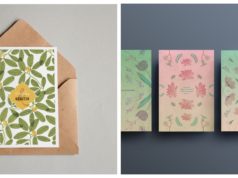







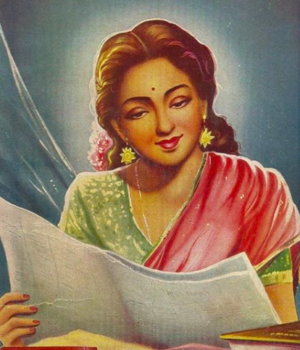

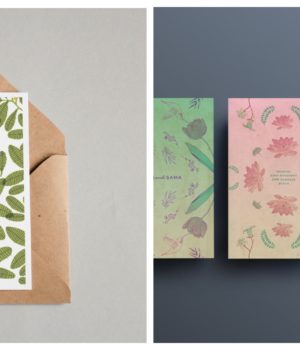
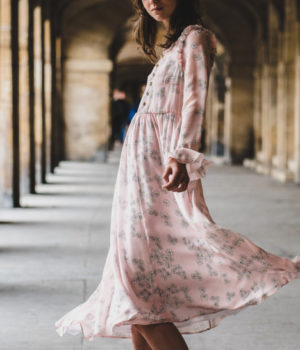
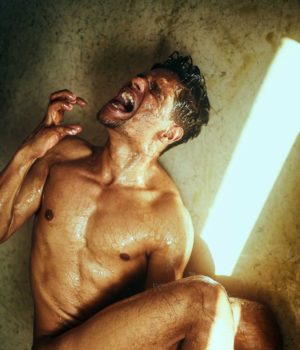
I don’t have words to express my feelings and emotions
God bless you Niveditaa
You are doing wonderful
Thank you ! <3